Material Driven Design
Offline and online approaches.
In the first day of experimentation trough material driven design we got to the Valdaura Labs to learn from a natural environment and a natural sourced material as wood is. For me being in contact with the forest and its components and behaviors was very close, since I am a landscaper designer I’ve ad the fortune to learn how to design with a constantly moving element as plants are. So I have been always very conscious about the difference between designing with a static element (as in interior design is done) and the changing one, where you need to take into account how in 5, 10 or 30 years is going to behave.
We carve a spoon from the log of wood. I had laurel wood that is not hard and has an amazing smell.
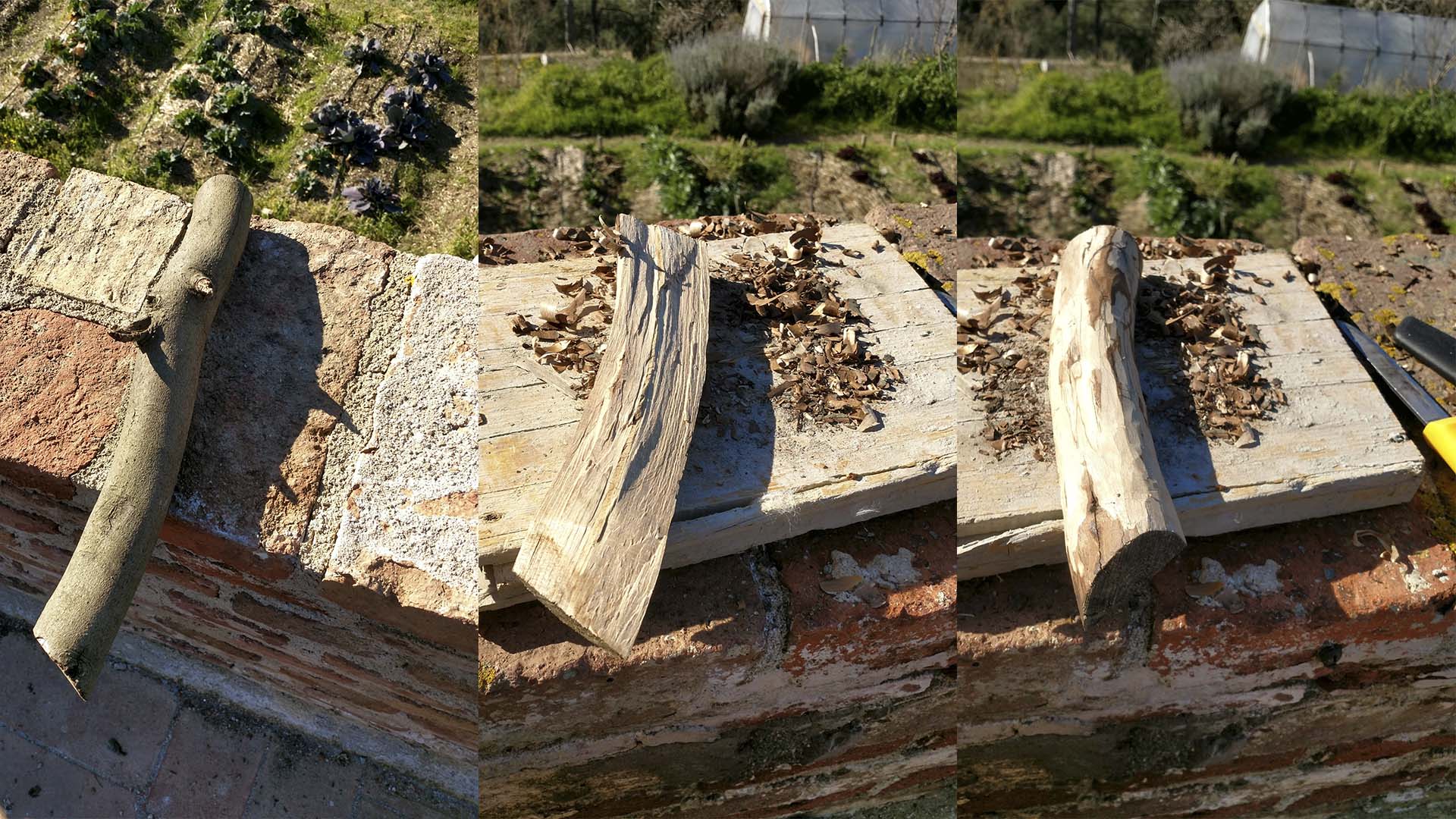
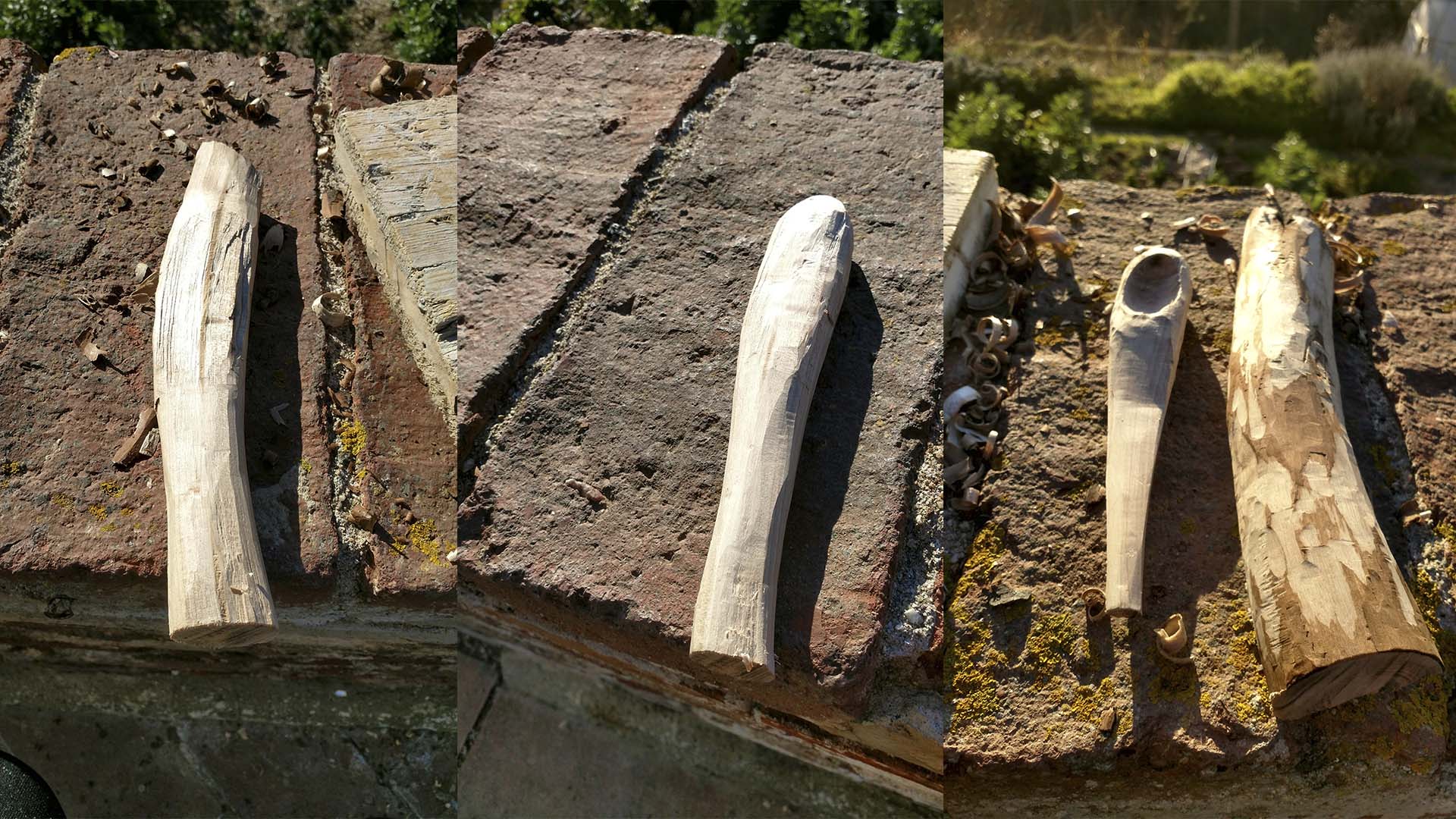
Material Exploration.
The aim of our material design project was to create a product using a new biodegradable material, created by us without using chemicals through an abundant source available in the city. The project required to “live with the material”, meaning getting to know its properties by experiencing it in as many possible ways to discover possible uses and, in the end, a product.
The shrimp waste contains several bioactive compounds such as chitin, pigments, amino acids, and fatty acids. These bioactive compounds have a wide range of applications including medical, therapies, cosmetics, paper, pulp and textile industries, biotechnology, and food applications. Chitin is a polysaccharide sourced from exoskeletons: this means that it is abundant in the shells of crustaceans and insects. It is the second most abundant biopolymer on Earth, after cellulose.
The first step into the project was to source the material. Shrimp shells are supposedly abundant in Barcelona because of tourism, the amount of restaurants and - I thought - paella. As me and Silvia (who worked at the project with me) discovered, it is not that easy to collect the shells.
So instead of asking to the final recipients of shrimps, we started researching along the production line. Where does restaurants source shrimps? Where does fish stalls in the markets get them? We discovered that in the suburbs of the city there is a place called Mercabarna, the wholesale market of the markets of the city, where most of the food consumed in Barcelona comes from.
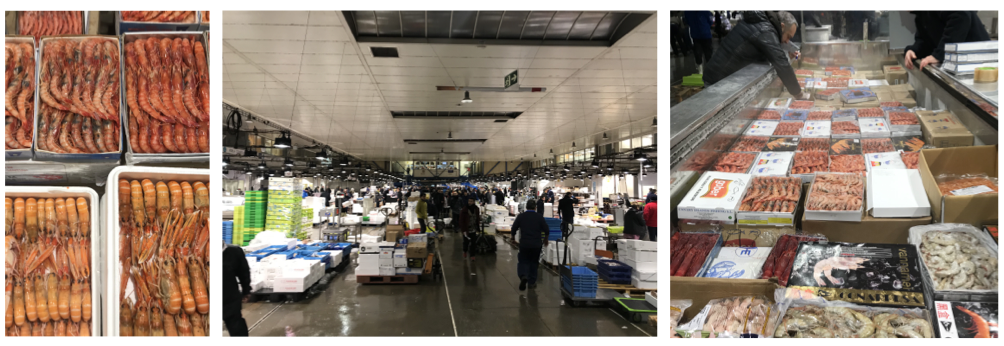
Experiment
Once we found the source of material, we focused on the experiment. The goal was double: to extract chitosan from the shells and discover other possible material applications.
Chitosan is so widely use in medical research that it’s quite easy to find scientific references & articles online on material experiments. It was more difficult to find “in-between” references, meaning some examples of chitosan/shrimps experiments more focused towards design and the properties of the material. Anyway, reading academic papers we found out how chitosan is extracted from shrimps through two different methodologies:
As we noticed, there is apparently no way of extracting chitosan from crustacean shells without using caustic soda, a powerful chemical that we were willing to avoid. We were able to talk about this issue with some amazing students from RCA, collectively called The shellworks. The aim of their project, the only one we found at the intersection of design and research, is to design and produce specific machines to handle the chitosan bio plastic’s properties and create objects. The shellworks confirmed to us that there is no way of extracting chitosan without chemicals. After a talk with Mette we decided to skip the extraction step, buy chitosan powder online and focus our efforts on the more practical side of the experimentation, meaning the creation of final products from chitosan. Nonetheless, we continued experimenting on possible application of shrimp shells outside of the chitosan scope.
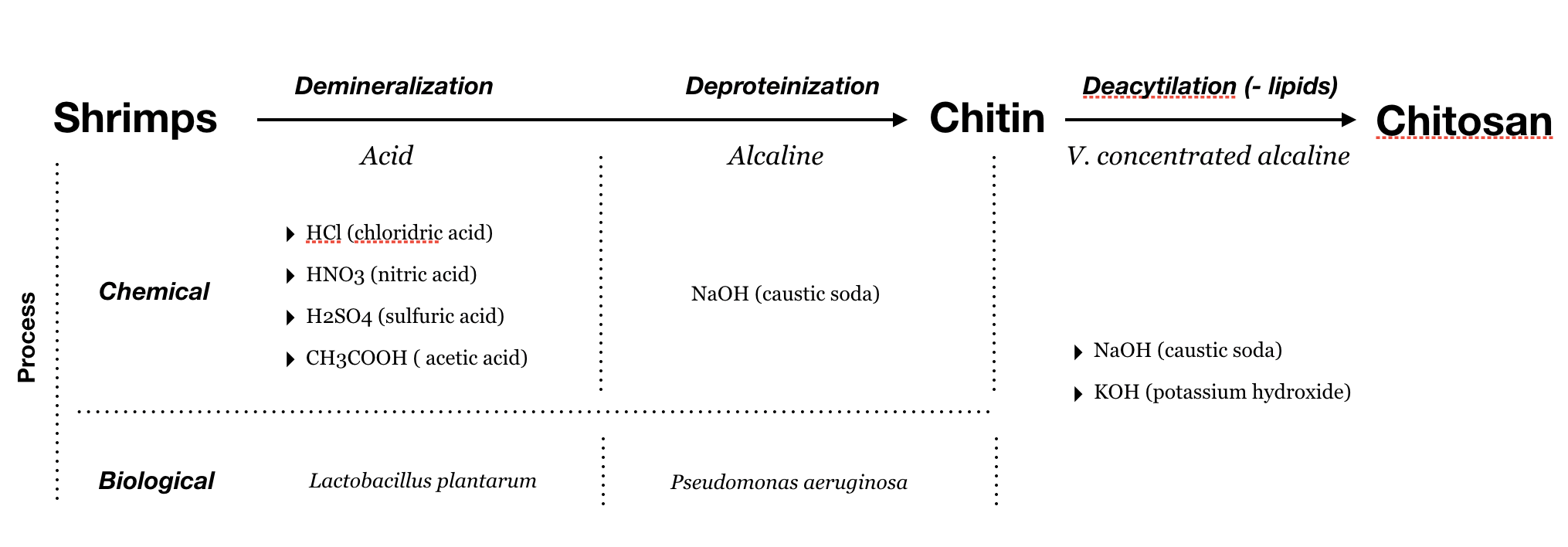
Recipes
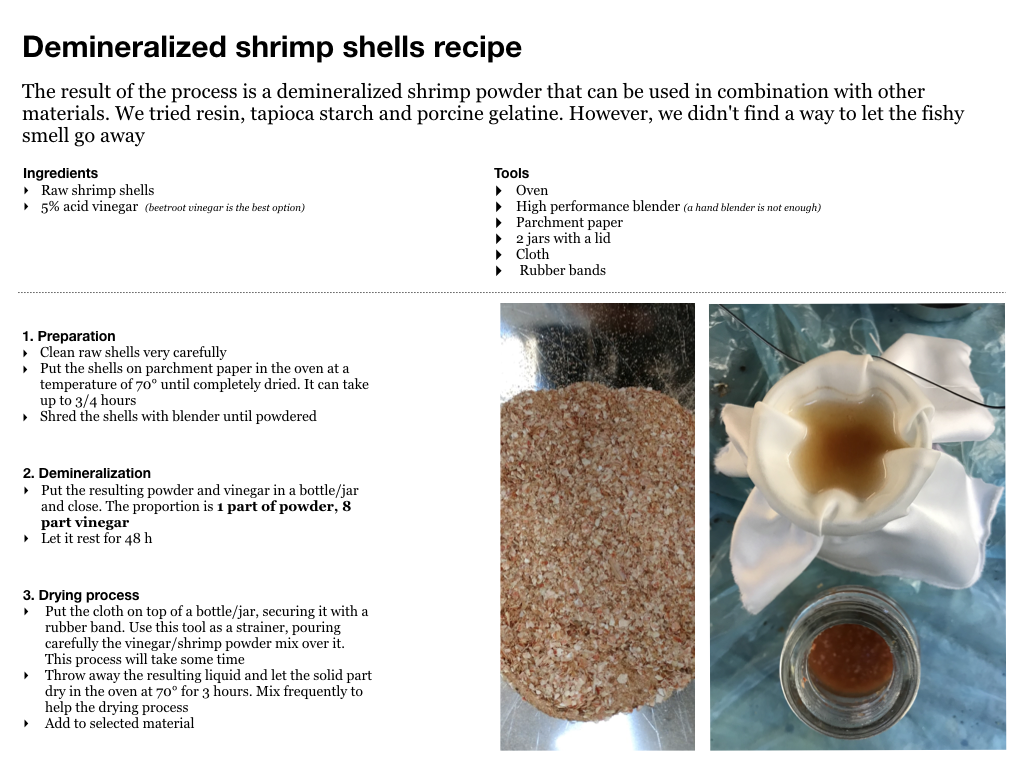
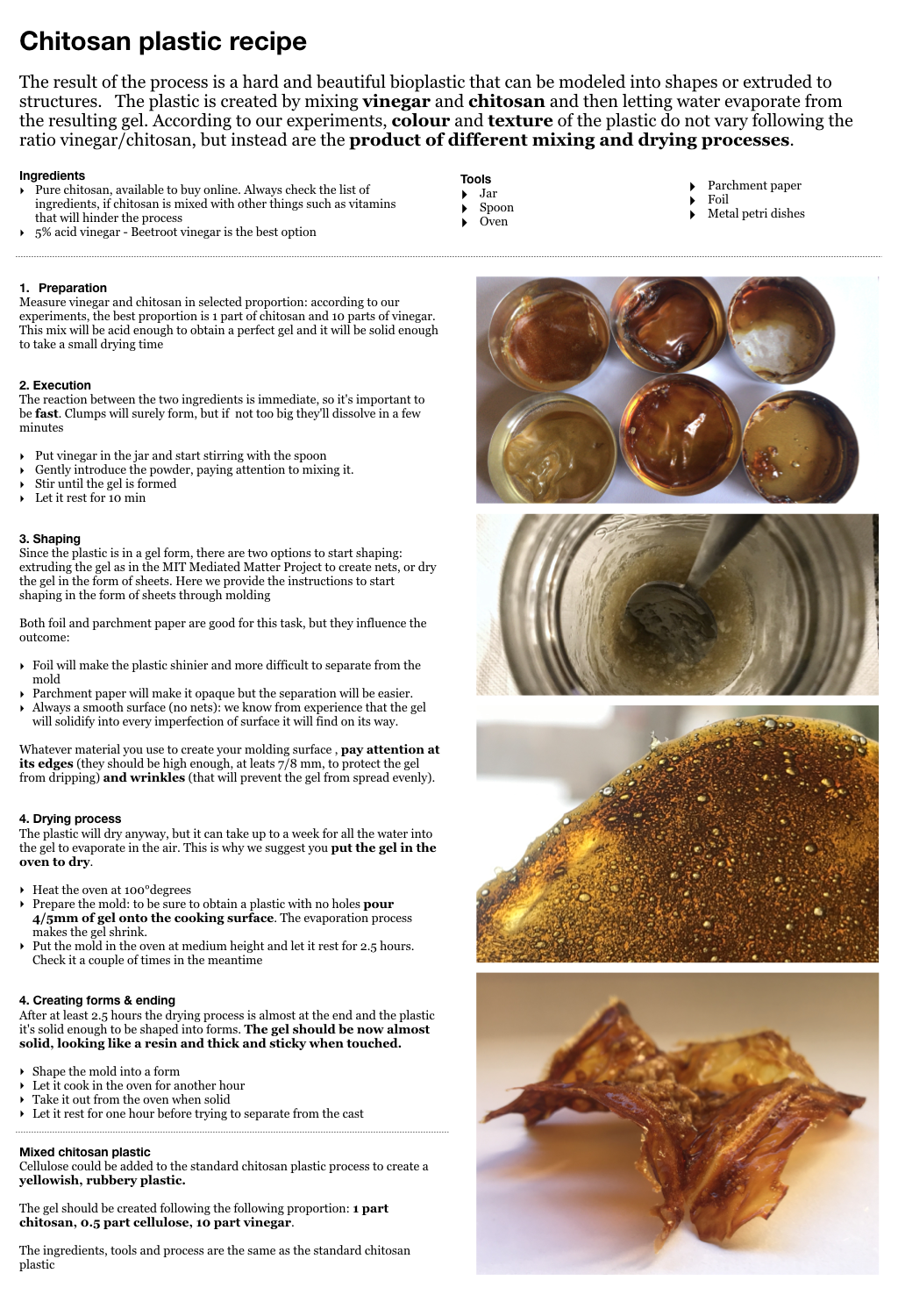
Conclusions.
Focusing on chitosan allowed us to focus more on the final material and its possible applications, but at the same way it distanced us from the original source, shrimps.
Experimenting with chitosan plastic has been fun, mainly because it is such a strange material to handle. Initially the plastic is a gel, that then has to solidify through water evaporation. This means that whatever final product one has in mind, it is necessary to take the shrinking process into account when preparing molds for the bio plastic. At the same time, working with a gel can be challenging: because it’s such a watery form, it is difficult to create vertical structures such as cups. The gel will always tend to go back to the flattest possible shape.
These properties of the material required a lot of thinking about the molds and how to create shapes. The only reference in mind for me was the work done by The shellworks. To create a cup for example, they created a machine that heats a cup mold and then dips it into chitosan bio plastic, letting it solidify immediately. The process allows to create layers until the cup is sturdy enough to be ready.
I thought, since we are dealing with a bio plastic, how about making a mold as used in injection processes to give it a shape. So 3D printed a mold of a spoon, to make some connection to the start of the seminar. Results were not as expected since the recipe was not yet perfected, and it takes a lot of time to dry, also when it does it shrinks considerably. But I think it was a god way to learn more about the material, after some days it gets pretty hard.
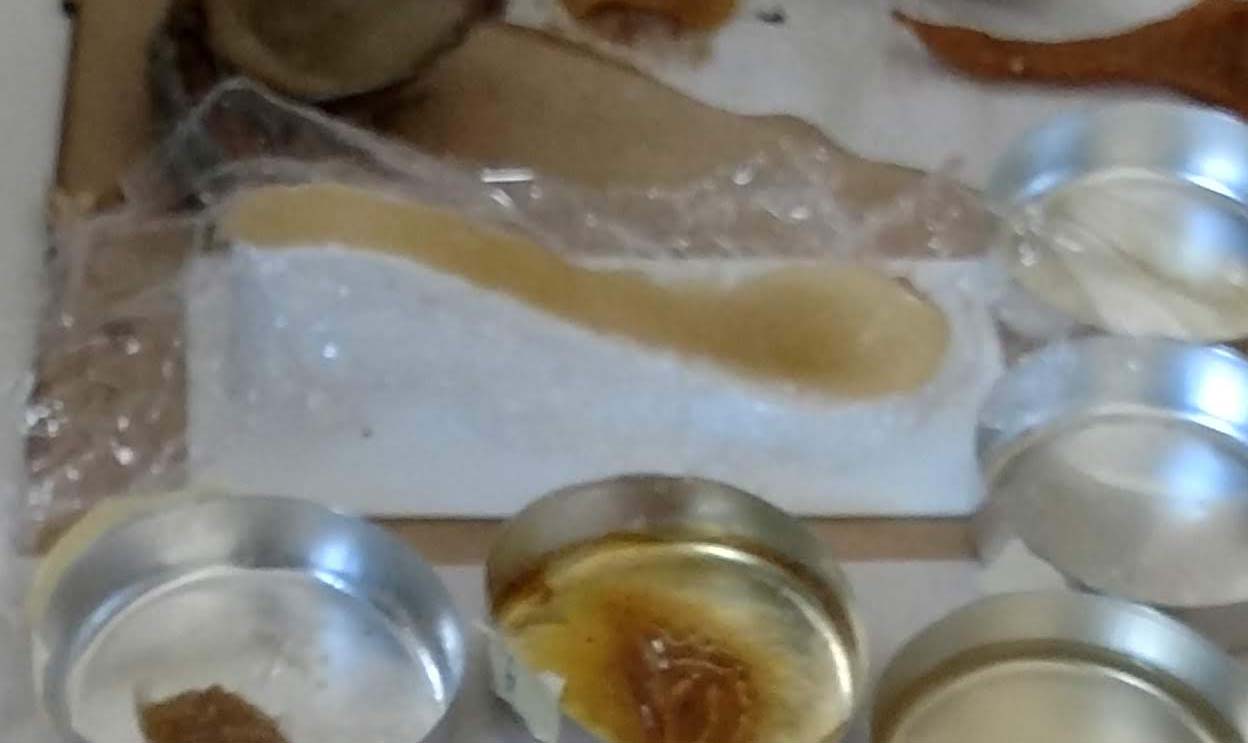
Reflections.
Changing the shift of getting to know the material first and then think of the object and not the other way around, also get rid of the concept of sheets was very hard but as well very liberating. For the hard part I believe it was mostly because, we as designers ( or I) had some issues with the method, for me the scientific method is just not a way I can do things. I am not that rigorous, I am more the kind of lets try and mess up things and then we will see, ( never even follow a recipe while cooking). I am more inclined to the other method Mette mentioned, a more intuitive one, but that is not enough either. I do believe we are in desperate need for these experiments and explorations in materials to go the next step, but for that I think we need our own method, to get more designers on board, and to not get overwhelmed by scientist research or others work. A material driven design method. I don’t know, I just know at least for me, that was the one thing missing to connect better to this world, and to not stare at the shrimp powder for a long time thinking, ok what’s next?. The experimentation was still amazing. Discovering how something behaves so different than others materials to the same process, why, and try to build from the mistakes. I had a very nice time.